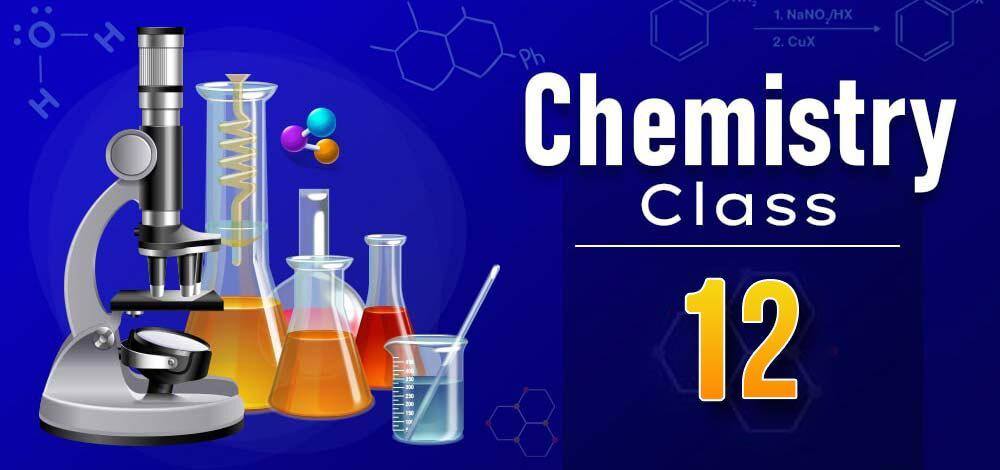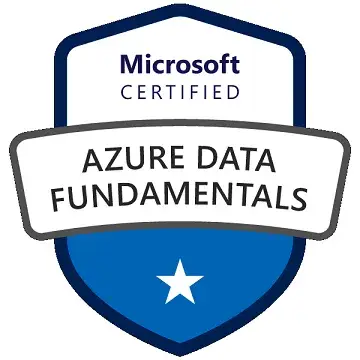Chemistry Class- 12
-
- 5 rating
- (1 Reviews)
- 0 students enrolled
Chemistry Class- 12
Class 12 chemistry is a critical stage in a student's chemistry education, often laying the foundation for higher studies in chemistry and related fields. It involves a deeper understanding of chemical principles, reactions, and the application of chemistry in various industries and technologies.
-
- 5 rating
- (1 Reviews)
- 0 students enrolled
What learn
- Comprehensive Subject Knowledge
- Visual and Interactive Education
- Adaptive Learning Methodology
- 24/7 Availability
- Global Reach and Diverse Resources
Course Content
Requirements
- Smart Phone Or Laptop with Internet Connection
Description
-
Aldehydes, Ketones and Carboxylic Acids I: This chapter likely introduces the fundamental concepts and reactions associated with aldehydes, ketones, and carboxylic acids. It may cover nomenclature, preparation methods, and chemical properties of these functional groups.
-
Solutions II: Building upon the basics of solutions from Solutions I, this chapter may delve deeper into colligative properties, osmotic pressure, and factors influencing the behavior of solutions.
-
Electrochemistry II: Expanding on the principles of electrochemistry, this chapter may cover more advanced topics such as Nernst equation, electrochemical cells, and applications in various industries.
-
The P Block Elements III: This likely focuses on the properties and reactions of elements in the p-block of the periodic table, possibly covering group 16 and 17 elements.
-
The d and f Block Elements I: An introduction to the transition metals and inner transition metals, their electronic configurations, properties, and applications.
-
Solutions I: This chapter may cover the basics of solutions, types of solutions, concentration units, and methods for expressing concentration.
-
Solid State I: An introduction to the solid state of matter, covering types of solids, crystal lattice structures, and their properties.
-
Polymers: Study of polymers, their classification, synthesis, and applications in various industries.
-
The P Block Elements II: Likely a continuation of the study of p-block elements, potentially covering elements from different groups.
-
Solid State III: Further exploration of the solid state, including defects in crystals, electrical properties, and magnetic properties.
-
Haloalkanes and Haloarenes I: Introduction to the nomenclature, preparation, and reactions of haloalkanes and haloarenes.
-
Haloalkanes and Haloarenes II: Continuing the study of haloalkanes and haloarenes, this chapter may cover more advanced reactions and applications.
-
Solid State II: This chapter may cover additional topics related to the solid state, possibly including the mechanical properties of solids.
-
The d and f Block Elements: A comprehensive study of the properties and reactions of d-block and f-block elements in the periodic table.
-
Amines: Study of amines, including their classification, nomenclature, and preparation.
-
Alcohols, Phenols and Ethers II: Further exploration of the properties and reactions of alcohols, phenols, and ethers.
-
Aldehydes, Ketones and Carboxylic Acids II: A continuation of the study of aldehydes, ketones, and carboxylic acids, possibly covering more advanced reactions and synthetic methods.
-
Surface Chemistry: Exploration of surface phenomena, including adsorption, catalysis, and colloidal systems.
-
Electrochemistry I: Introduction to the basic principles of electrochemistry, covering redox reactions, galvanic cells, and electrolysis.
-
Alcohols, Phenols and Ethers I: Initial exploration of the properties, nomenclature, and reactions of alcohols, phenols, and ethers.
-
Chemistry in Everyday Life: Discussion of the applications of chemistry in daily life, including pharmaceuticals, food additives, and household chemicals.
-
Coordination Compounds: Study of coordination compounds, including nomenclature, isomerism, and bonding in complex ions.
-
The P Block Elements I: Introduction to the properties and reactions of elements in the p-block of the periodic table.
-
Processes of Isolation of Elements: Exploration of methods for extracting and isolating metals from ores.
-
Biomolecules: Study of biological molecules, including proteins, nucleic acids, lipids, and carbohydrates.
-
The d and f Block Elements: Further exploration of the properties and reactions of d-block and f-block elements in the periodic table.
-
Chemical Kinetics: Study of reaction rates, rate laws, and factors affecting the speed of chemical reactions.
Recent Courses
- June, 23rd 2025
- 3
This course plan outlines a comprehensive curriculum for a prompt engineering course, designed to equip learners with the ski..
- 1699.00₹
2000.00₹
- June, 28th 2025
- 12
In an era where technology is seamlessly integrated into our daily lives, understanding the synergy between Embedded Systems..
- 1599.00₹
2000.00₹
- May, 22nd 2024
- 0
Microeconomics is an essential component of economics as a whole, as it helps us understand how individual decisions and inte..
- 799.00₹
999.00₹
About Instructor
"Founded in 2019, Bringup Education stands as a dynamic Ed-Tech firm. We take pride in offering a diverse array of courses, spanning from school-level education to rigorous undergraduate programs, all impeccably facilitated through our state-of-the-art Learning Management System (LMS).
Moreover, at Bringup Education, we are committed to preparing students for the professional world by providing valuable training and internship opportunities. These experiences not only augment students' skills but also ensure they are 'job ready' upon graduation."


.png)




.png)


